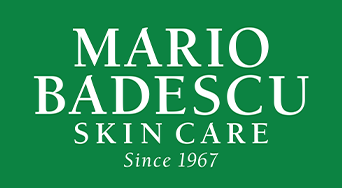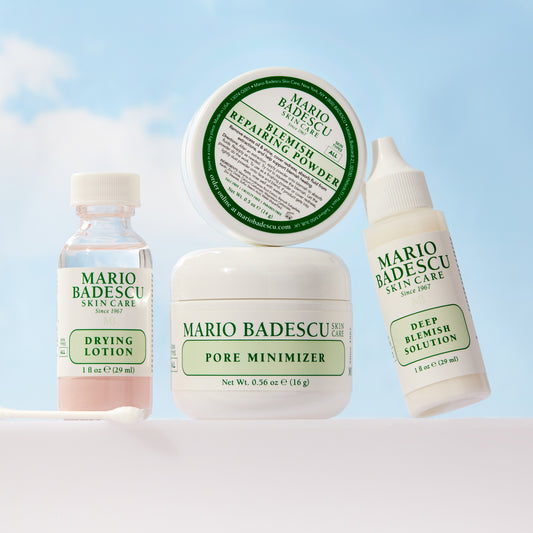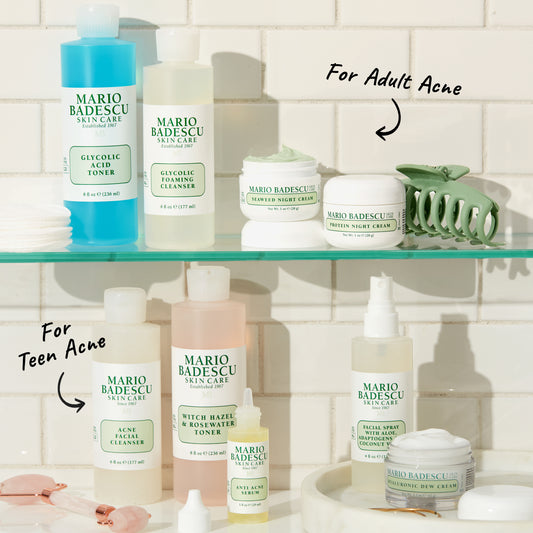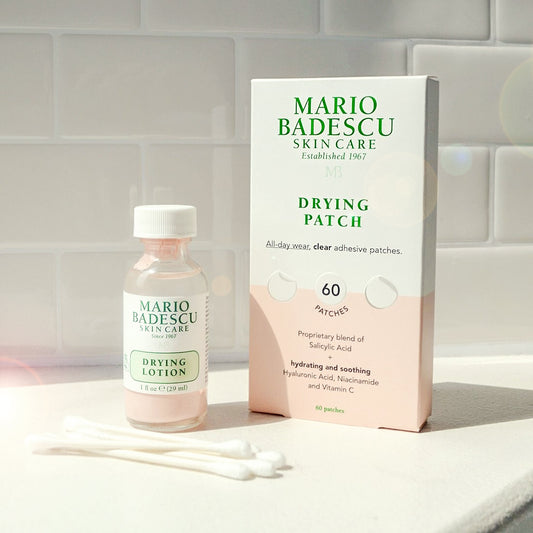
Blackheads, also known as open comedones, are large pores plugged with oil. The reason they appear as brown or black spots on the face has nothing to do with being “dirty:” the darkened color is a result of the oil oxidizing once it comes into contact with the air. At this point, they can either remain as blackheads or develop into a papule or pustule (your classic pimples) – hence why blackheads are often thought of as the first stage in acne.
What to do: Scheduling regular facials is the best and safest way to have extractions done. At home, however, be sure to cleanse with Alpha Hydroxy Acids and exfoliate often to prevent pore-clogging buildup. Try DIY-ing a facial by preparing a facial sauna followed by one of our clay-based tonic masks to help draw out impurities and tighten those pores. For excessive, stubborn blackheads, using our Silver Powder will help clarify even the most congested of pores to help prevent blackheads and pimples.
Cysts are hard, painful bumps typically found along the jawline and the chin area that often last longer than other types of acne. The skin is inflamed deep within the skin, rendering most spot treatments ineffective.
What to do: The general rule is to refrain from picking, but keeping your hands off is especially important for acne that doesn’t form a whitehead; you have a greater chance of leaving scars behind. Try using a sulfur-based liquid treatment like our Buffering Lotion.
Milia are tiny white bumps that usually appear around the eyes, cheekbones, nose and on the forehead. They’re considered normal on newborns (almost half of all babies have milia in early stages of infancy), but are found on adults as well. Keratin is trapped beneath the outermost layer of skin where it then forms a small cyst (but resembles a whitehead in shape and color).
What to do: Unless you have a professional removing them for you, hands off - doing it yourself will leave scars. Aside from manual extraction, however, no spot treatment exists. For most, milia is genetic; heavy, pore-clogging creams can also cause milia. Try switching up your moisturizer and night cream by swapping them for alternatives that don’t have Petroleum or Mineral Oils.
Papules are painful red bumps that form once a clogged pore is inflamed. To prevent papules, it’s crucial that you target blackheads and whiteheads before they reach this point of inflammation.
What to do: Applying a warm compress to the face can help alleviate the swelling bumps and, as always, never pick! When looking for anti-acne skincare products and spot treatments, check out those featuring Salicylic Acid. Salicylic Acid is effective in targeting blemishes and gently exfoliating the skin without over-drying it the way Benzoyl Peroxide often does.
Pustules are your classic pimples and hallmarks of adolescence: they’re red, inflamed bumps that come to puss-filled whiteheads. Pustules appear on the face and the body – typically on the back and chest area – and can affect individuals of all ages. When excess sebum hardens into a pore-clogging plug in hair follicles and comes into contact with dead skin cells, bacteria and dirt, the area becomes inflamed.
What to do: Again, don’t pick; you’ll only spread acne-causing bacteria elsewhere and cause unwanted scarring. Be sure to cleanse twice daily with Alpha Hydroxy Acids or Salicylic Acid and always follow with an astringent to help disinfect the skin. Keep oiliness at bay by blotting throughout the day (always with blotting papers instead of your usual powder whenever possible!) and making sure your skin is properly moisturized so it doesnt overcompensate by kicking oil glands into high gear. Try using our Drying Lotion to help dry whiteheads overnight and our Special Healing Powder to help heal breakouts while controlling excess oil. Give your face, chest and back a light dusting of the powder at the start of the day to help speed the healing process.



